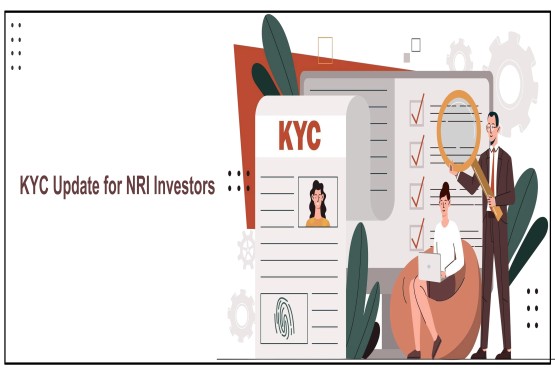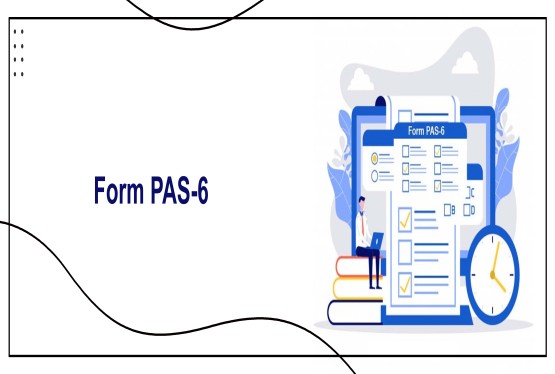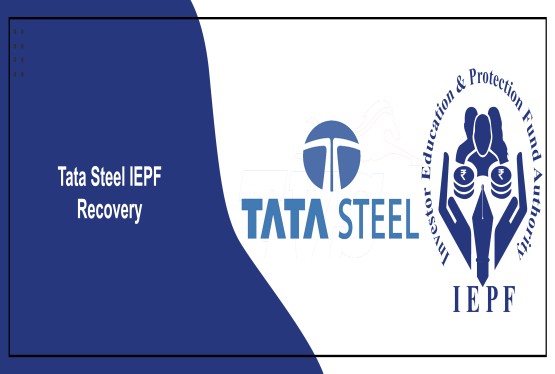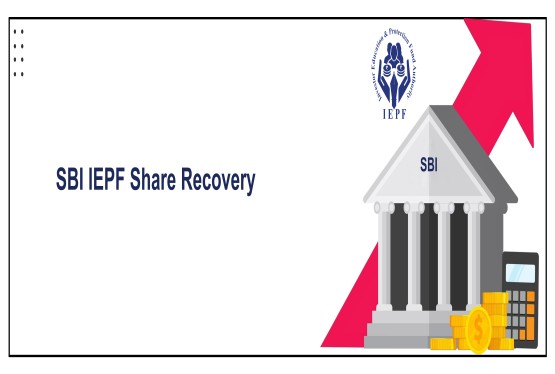Section 60 of the Companies Act 2013 plays an important role in ensuring transparency and accuracy in the disclosure of a company's share capital. The main idea behind this section is to prevent companies from misleading the public by displaying a large authorised capital while having very little paid-up capital. In India, the share capital structure of a company is an important indicator of its financial health and ownership distribution. Therefore, publishing correct and clear information regarding the share capital in various official documents is a legal requirement under this section. This article explains the provision, its scope, requirements, penalties, and significance for companies, directors, and investors.
What is Section 60 of the Companies Act 2013?
Section 60 of the Companies Act 2013 deals with the "Publication of Share Capital." It mandates that whenever a company mentions its authorised capital in any notice, advertisement, official publication, or even business correspondence like letterheads and billheads, it must also mention its subscribed and paid-up capital in equally prominent text. This ensures that the public and stakeholders are not misled about the financial standing of the company.
The provision came into effect from 12th September 2013 and is applicable to all companies that choose to mention their authorised capital in any form of official communication. If the company does not comply with this requirement, penalties are applicable both on the company and the officers in default.
Full Text of Section 60 of the Companies Act 2013
(1) Where any notice, advertisement or other official publication, or any business letter, billhead or letter paper of a company contains a statement of the amount of the authorized capital of the company, such notice, advertisement or other official publication, or such letter, billhead or letter paper shall also contain a statement, in an equally prominent position and in equally conspicuous characters, of the amount of the capital which has been subscribed and the amount paid-up.
(2) If any default is made in complying with the requirements of subsection (1), the company shall be liable to pay a penalty of ten thousand rupees, and every officer of the company who is in default shall be liable to pay a penalty of five thousand rupees, for each default.
What is Publication of Share Capital?
Publication of share capital refers to the public disclosure of a company's authorised, issued, subscribed, and paid-up capital in its official documents and communications. This disclosure is not just a formality; it plays an important role in establishing trust among stakeholders and maintaining regulatory compliance. Such transparency helps in ensuring that no investor or business associate is misled by inflated claims of a company’s financial capability.
This information is typically published in the Memorandum of Association, Articles of Association, annual financial statements, prospectus, and ROC filings. For listed companies or companies issuing securities to the public, the publication of share capital is even more critical, as it forms the basis on which investment decisions are made.
Types of Share Capital Explained
To understand the significance of Section 60 of the Companies Act 2013, it is necessary to understand the different types of share capital.
Authorised Capital
This is the maximum amount of capital that a company is allowed to raise through the issue of shares. It is mentioned in the Memorandum of Association and acts as an upper limit unless formally increased through the ROC.
Issued Capital
It is that part of authorised capital which the company actually offers to investors. The issued capital may be equal to or less than the authorised capital.
Subscribed Capital
This represents that portion of issued capital which investors have agreed to buy. It shows the investor's commitment to purchase the shares offered.
Paid-up Capital
This is the actual amount received by the company from shareholders in exchange for shares. It is the portion of subscribed capital that is paid.
Called-up and Uncalled Capital
When a company calls for a portion of the subscribed amount, it becomes called-up capital. The balance yet to be called is termed as uncalled capital.
Applicability of Section 60 of the Companies Act 2013
The provision is applicable to all companies that mention their authorised capital in any form of notice, advertisement, business letter, billhead, or letter paper. It mandates them to simultaneously disclose the subscribed and paid-up capital in an equally visible and readable format.
This applies to both public and private companies, although the implications are more serious for public companies that intend to issue securities to the general public. By requiring the disclosure of subscribed and paid-up capital, the provision safeguards the interests of potential investors.
Key Requirements Under Section 60
Companies are bound to adhere to the following key conditions:
-
If the authorised capital is mentioned in any document or communication, then the subscribed and paid-up capital must also be mentioned with the same prominence.
-
This requirement extends to all printed and digital communications, including websites and marketing materials.
-
The provision does not allow a company to omit subscribed or paid-up capital while showcasing a high authorised capital figure.
Penalties for Non-Compliance
The Companies Act, 2013, clearly prescribes penalties for failing to comply with Section 60.
-
The company shall be liable to pay a penalty of Rs.10,000.
-
Every officer of the company who is in default shall be liable to pay a penalty of Rs.5,000.
-
These penalties apply for each instance of non-compliance and may accumulate if the violation continues.
Why Publication of Share Capital is mandatory?
The intent behind making the publication of share capital mandatory is to bring about transparency and trust in corporate dealings. When companies display only their authorised capital, they may appear financially stronger than they actually are. This can mislead investors, lenders, or business partners.
By disclosing subscribed and paid-up capital, companies present a true picture of their financial base, allowing stakeholders to make informed decisions. It also ensures that directors remain accountable for the information released in public.
Registration of Prospectus under Section 60
Section 60 of the Companies Act also deals with the registration of the prospectus in case of public issues. This is specifically applicable to public companies that wish to raise capital by offering securities to the general public.
Key Requirements:
-
A copy of the prospectus must be filed with the Registrar of Companies (ROC) before it is issued to the public.
-
It must be signed by all existing and proposed directors of the company. If a director is unavailable, their authorised agent can sign.
-
The prospectus must include expert consents, contracts referred to, certificates, and related documents.
Consequences of Non-Compliance with Section 60
If a company fails to file the prospectus with the ROC before issuance, it can face serious consequences.
1. Invalid Issuance of Prospectus: Any prospectus not filed beforehand with the ROC can be declared invalid. This can make the entire public issue void, affecting investor interests and the company’s credibility.
2. Penalties Under the Act:
-
Criminal Liability for Misstatements (Section 34): Directors and promoters may face criminal charges for false statements in a prospectus. Penalties include imprisonment up to 10 years and fines ranging from Rs.1 lakh to Rs.10 lakh.
-
Civil Liability (Section 35): Investors can sue for compensation for losses due to false or unregistered prospectus. Directors and promoters can be held personally liable.
-
Fraud (Section 447): In cases of fraudulent behavior, directors can face imprisonment up to 10 years and fines up to three times the amount involved in fraud.
3. Regulatory Implications: SEBI may take action against listed companies that fail to follow the prospectus filing requirements. The ROC may also begin investigations or legal proceedings.
4. Reputational Loss: Failure to comply damages the company’s reputation, undermines investor trust, and affects future fundraising plans.
5. Director Disqualification: Directors can be disqualified under Section 164 and face removal. Shareholders may also bring class action suits against them.
Conclusion
Section 60 of the Companies Act 2013 acts as a protection for investors and ensures that companies maintain full transparency regarding their financial capacity. Publication of Share Capital is not merely a legal obligation but a foundational aspect of corporate ethics and investor protection. Companies must be diligent in publishing their authorised, subscribed, and paid-up capital in all communications to avoid legal and reputational damage.
The provision further emphasizes the importance of filing a prospectus with the ROC before raising funds from the public. By doing so, the law ensures that companies cannot mislead investors and are held accountable for every claim made in the prospectus. Directors, being signatories, are personally liable for compliance and correctness. Therefore, adhering to Section 60 of the Companies Act 2013 not only helps companies stay compliant but also builds a trustworthy corporate environment, enhances investor confidence, and supports the overall stability of the capital market.
In case of any help or support you can reach out to Compliance Calendar LLP experts through email at info@ccoffice.in or Call/Whatsapp at +91 9988424211.
FAQs
Q1. What is the purpose of Section 60 of the Companies Act, 2013?
Ans. Section 60 aims to ensure transparency and prevent companies from misleading stakeholders by only displaying their authorised capital. It mandates that whenever a company mentions authorised capital in official documents or communications, it must also mention the subscribed and paid-up capital in equal prominence.
Q2. Which documents must include subscribed and paid-up capital under Section 60?
Ans. If a company mentions authorised capital in any notice, advertisement, business letter, billhead, or letterhead, it must also include the subscribed and paid-up capital in the same document, with equal visibility and prominence.
Q3. What is the penalty for non-compliance with Section 60?
Ans. If a company fails to comply with Section 60:
-
The company is liable to a penalty of Rs.10,000.
-
Every officer in default is liable to a penalty of Rs.5,000 for each default.
Repeated default may lead to multiple penalties.
Q4. Does Section 60 apply to both private and public companies?
Ans. Yes, Section 60 applies to both private and public companies. However, the provision becomes especially important for public companies issuing securities to the public, as they must also register their prospectus with the Registrar of Companies (ROC).
Q5. What is the difference between authorised, subscribed, and paid-up capital?
Ans. Authorised Capital is the maximum capital a company can issue as per its Memorandum of Association.
-
Subscribed Capital is the portion of issued capital that investors have agreed to buy.
-
Paid-up Capital is the actual amount received by the company from shareholders for the shares they subscribed.
Q6. What is the requirement for registering a prospectus under Section 60?
Ans. For public offerings, companies must submit a copy of the prospectus to the ROC before it is published or circulated. It must be signed by all directors or their authorised representatives, and relevant supporting documents such as expert consents and contracts must be enclosed.
Q7. What are the consequences of issuing a prospectus without filing it with the ROC?
Ans. Issuing an unregistered prospectus can lead to:
-
Invalidation of the entire public issue
-
Civil liability under Section 35 for misstatements
-
Criminal liability under Section 34, including imprisonment up to 10 years
-
Penalties under Section 447 if fraud is detected
-
Regulatory action by SEBI and reputational loss
Q8. Why is publication of share capital important for investors and regulators?
Ans. Publication of share capital builds trust and transparency, ensures accurate financial disclosure, prevents misrepresentation, and helps investors make informed decisions. It also enables regulatory bodies like the ROC and SEBI to monitor compliance effectively.











































































_crop10_thumb.jpg)


































































_crop10_thumb.jpg)
_crop10_thumb.jpg)



_crop10_thumb.jpg)


_crop10_thumb.jpg)





_crop10_thumb.jpg)

_crop10_thumb.jpg)














-suratgujarat-section-158_crop10_thumb.jpg)
-suratgujarat_crop10_thumb.jpg)
-(33)_crop10_thumb.jpg)



-ahmedabad_crop10_thumb.jpg)
-learn_crop10_thumb.jpg)

-learnn_crop10_thumb.jpg)



























































_crop10_thumb.jpg)























_Guidelines_learn_crop10_thumb.jpg)























_learn_crop10_thumb.jpg)
_crop10_thumb.jpeg)









_crop10_thumb.jpg)




_Second_Amendment_Rules,_2025_learn_crop10_thumb.jpg)







_learn_crop10_thumb.jpg)






















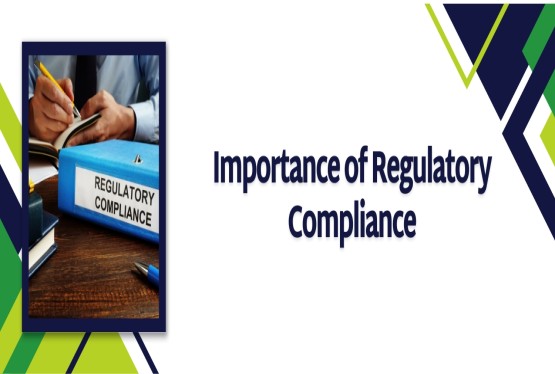








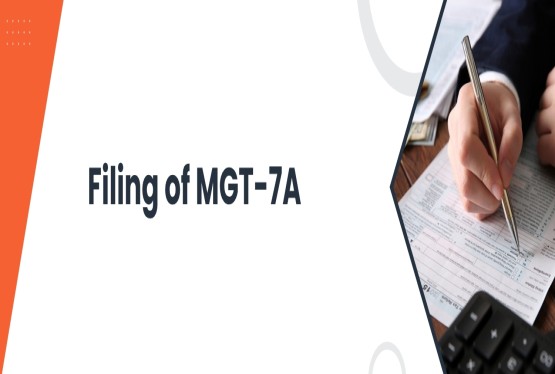
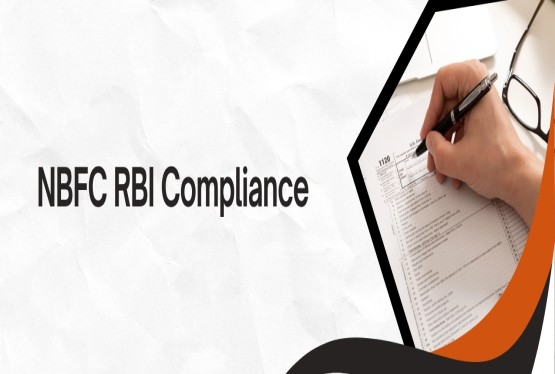
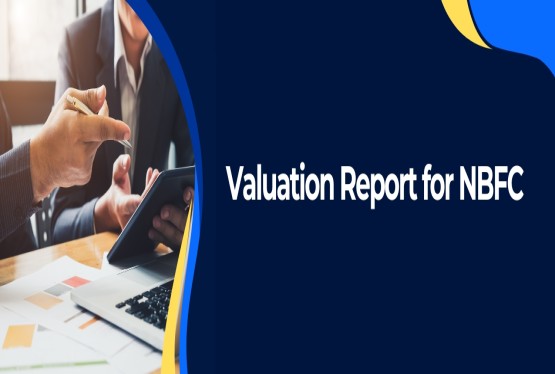










_learn_crop10_thumb.jpeg)

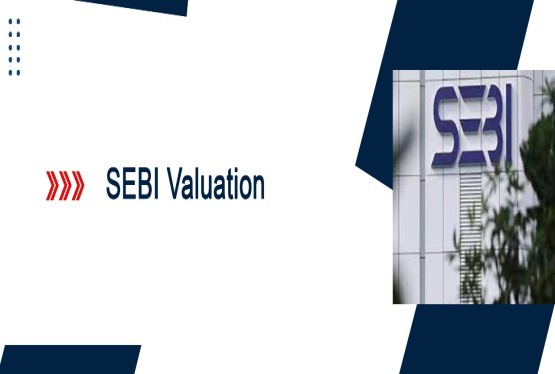







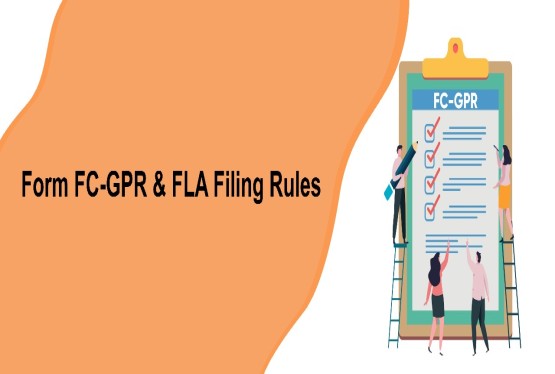

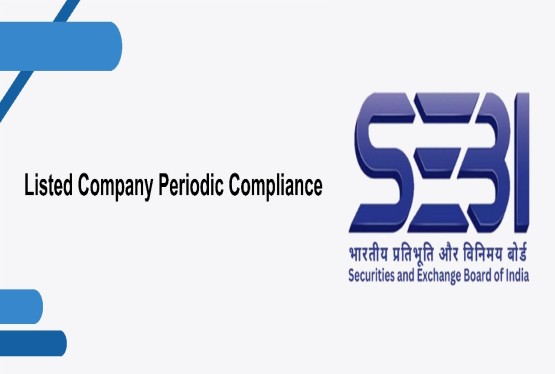

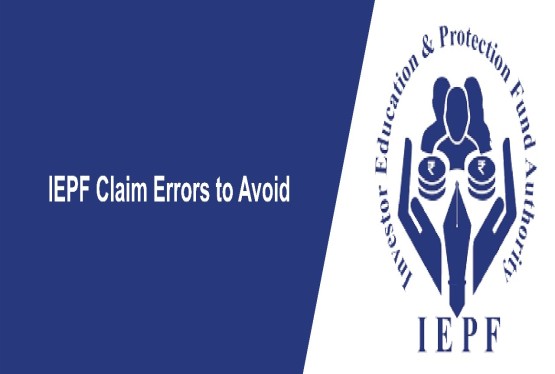


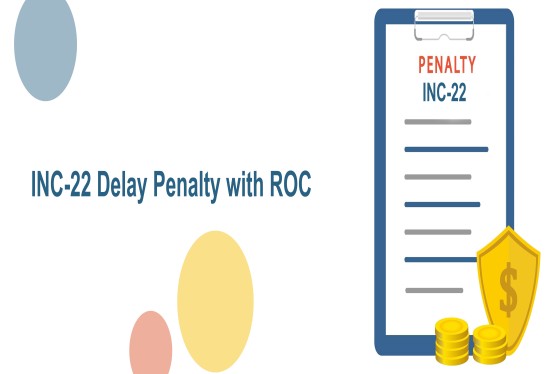


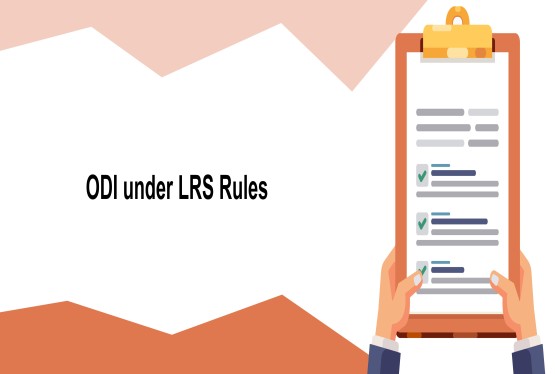
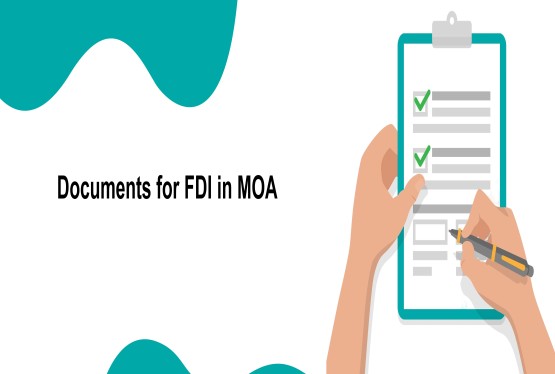


_learn_crop10_thumb.jpg)
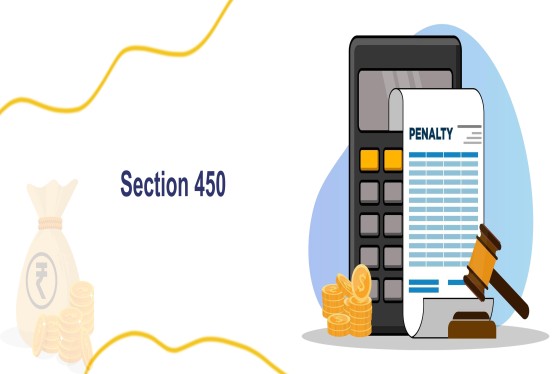


_rd_roc_learn_crop10_thumb.jpg)
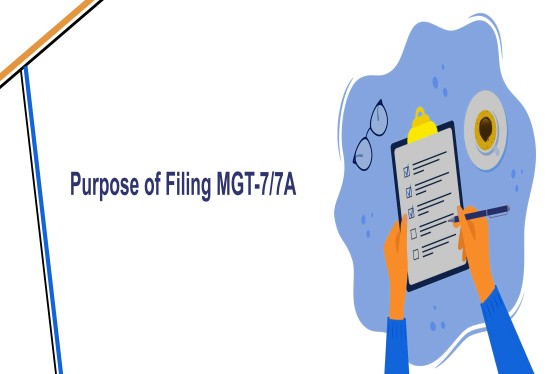



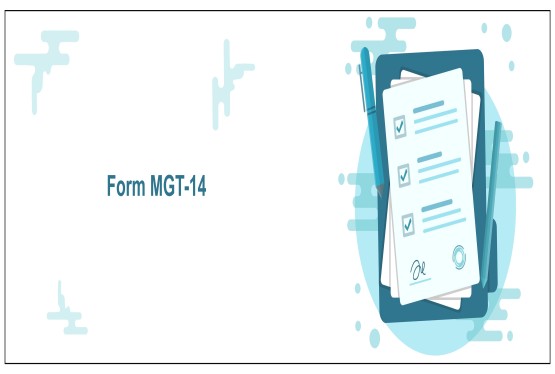
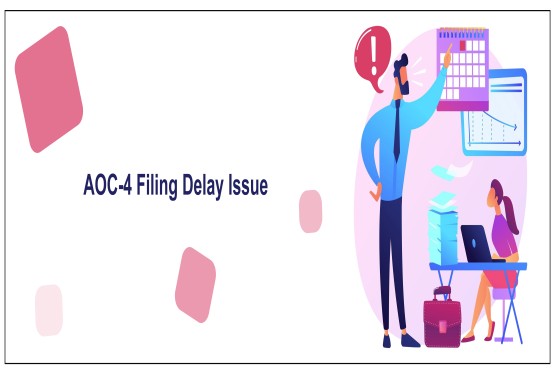
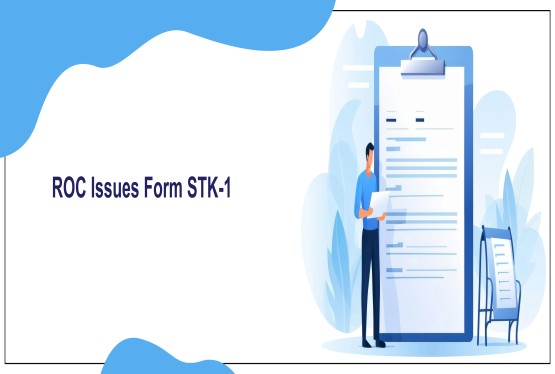








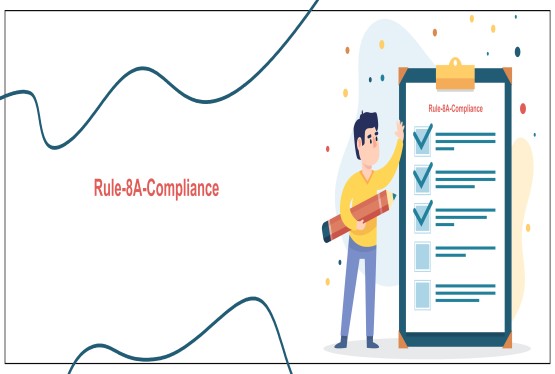
_learn_crop10_thumb.jpg)

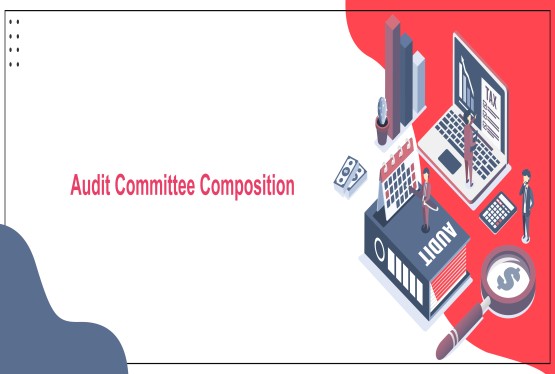




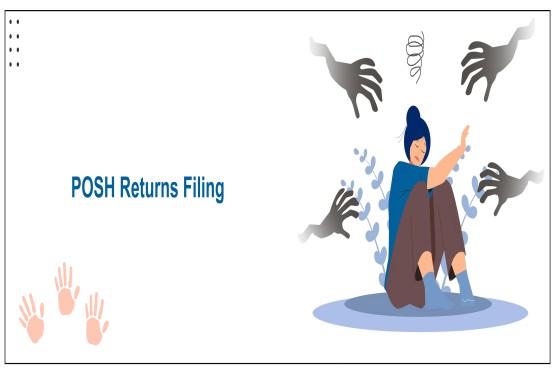
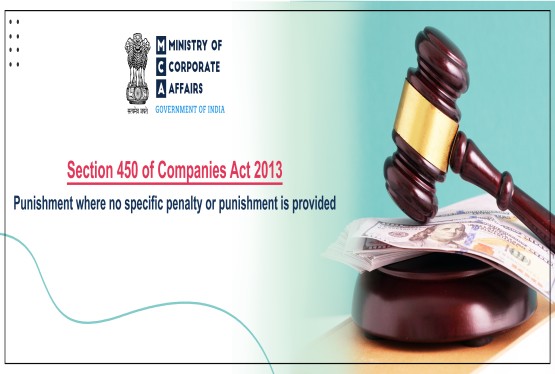

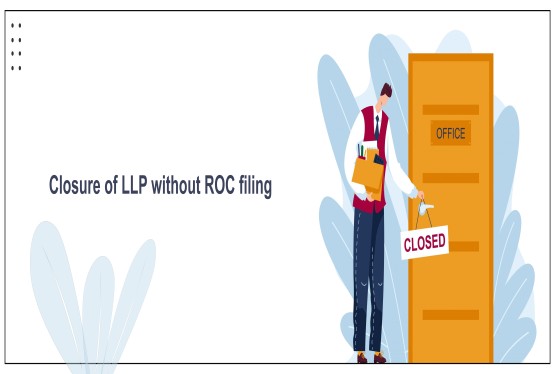
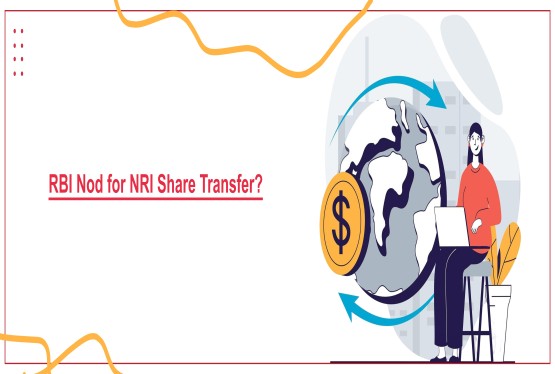

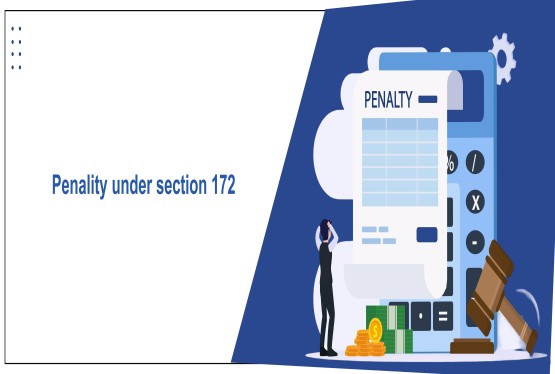
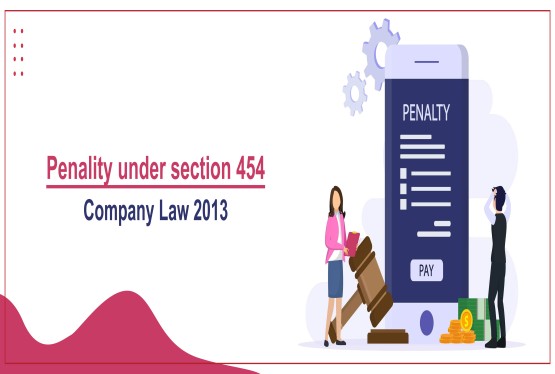
_learn_crop10_thumb.jpg)
_Learn_crop10_thumb.jpg)



